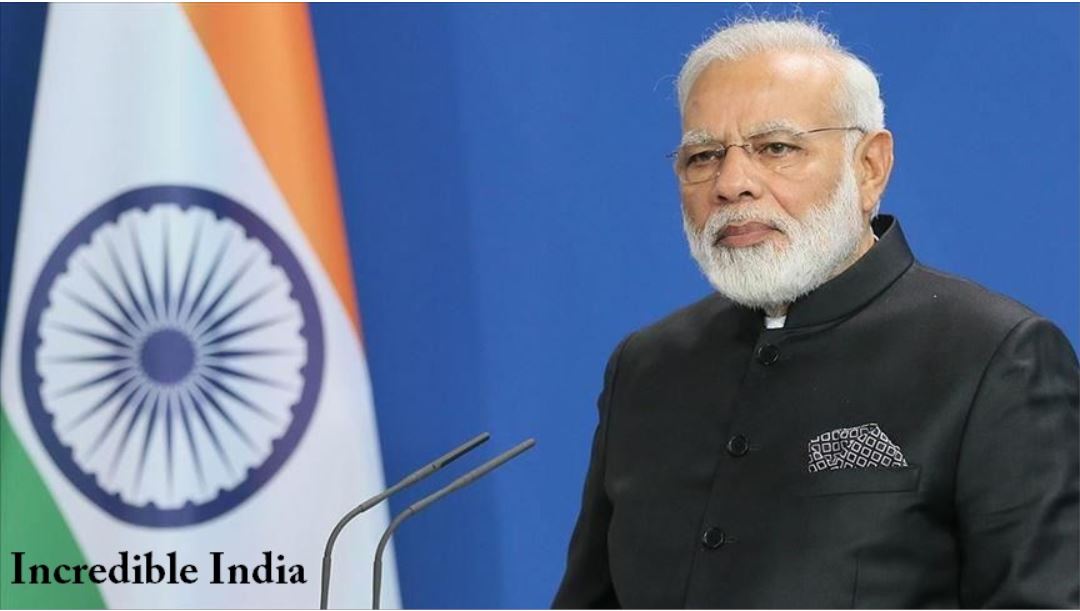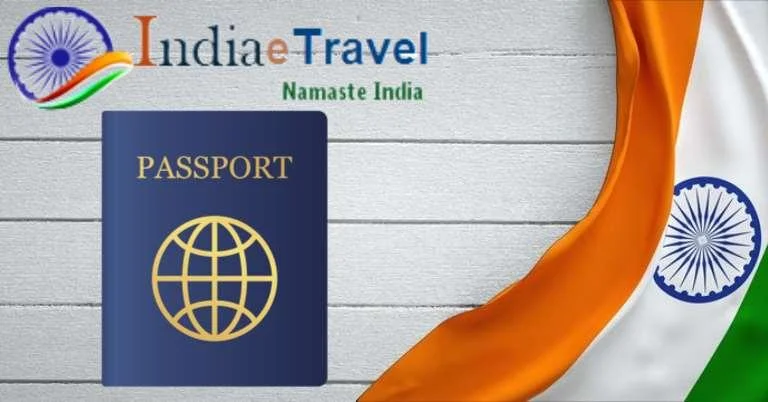Introduction:
FIVE YEAR INDIAN VISA India, a nation of diverse cultures, breathtaking landscapes, and burgeoning opportunities, welcomes travelers from across the globe. Whether you’re looking for extended stays or need to rush for urgent matters, understanding the nuances of Indian visas is crucial. In this article, we provide a comprehensive guide to two distinct visa categories: Five-Year Visas and Urgent Emergency Visas for India.
Part I: Five-Year Indian Visa
1. Purpose:
A Five-Year Visa, also known as a long-term tourist visa, allows travelers to make multiple visits to India over a period of five years. This visa is ideal for those who frequently visit India for leisure, business, or family reasons.
2. Validity:
A Five-Year Visa is valid for five years from the date of issue, during which travelers can stay in India for up to 180 days per visit. This extended validity reduces the need for frequent visa applications.
3. Application Process:
To apply for a Five-Year Visa for India, follow these steps:
- Complete the online visa application form with accurate information.
- Pay the required visa fee.
- Schedule an appointment at the Indian embassy, consulate, or a Visa Application Center (VAC) for biometric data collection.
- Submit your application along with supporting documents, including a valid passport, recent passport-sized photos, and details of your travel plans.
Part II: Urgent Emergency Indian Visa
1. Purpose:
An Urgent Emergency Visa is issued to travelers facing unforeseen circumstances or emergencies that require immediate travel to India. These situations can include medical emergencies, family emergencies, or urgent business needs.
2. Validity:
URGENT EMERGENCY INDIAN VISA Urgent Emergency Visas are typically granted for a single entry and a specific duration based on the nature of the emergency. They are designed for immediate travel and are not suitable for long-term stays.
3. Application Process:
To apply for an Urgent Emergency Visa for India, follow these steps:
- Contact the Indian embassy or consulate and explain the nature of your emergency.
- Submit the necessary supporting documents, which may include medical reports, letters of urgency, or proof of the emergency situation.
- Provide your personal details, including passport information.
- Pay the applicable visa fee, if required. In some emergency cases, fees may be waived.
- The processing time for Urgent Emergency Visas is expedited to ensure quick travel.
Part III: Common Tips for Visa Applicants
- Plan your travel well in advance if you intend to apply for a Five-Year Visa to India.
- When applying for an Urgent Emergency Visa, be prepared to provide documentation that substantiates the emergency situation.
- Follow the specific guidelines provided by the Indian embassy or consulate where you are applying for the visa.
- Keep a copy of your visa and other important travel documents with you during your trip to India.
Conclusion:
India’s Five-Year Visas and Urgent Emergency Visas offer tailored solutions for travelers with varying needs and circumstances. Whether you seek the flexibility of extended stays or require immediate travel due to unforeseen events, understanding the application processes and documentation requirements ensures a smooth and hassle-free experience while visiting India.
Regenerate



